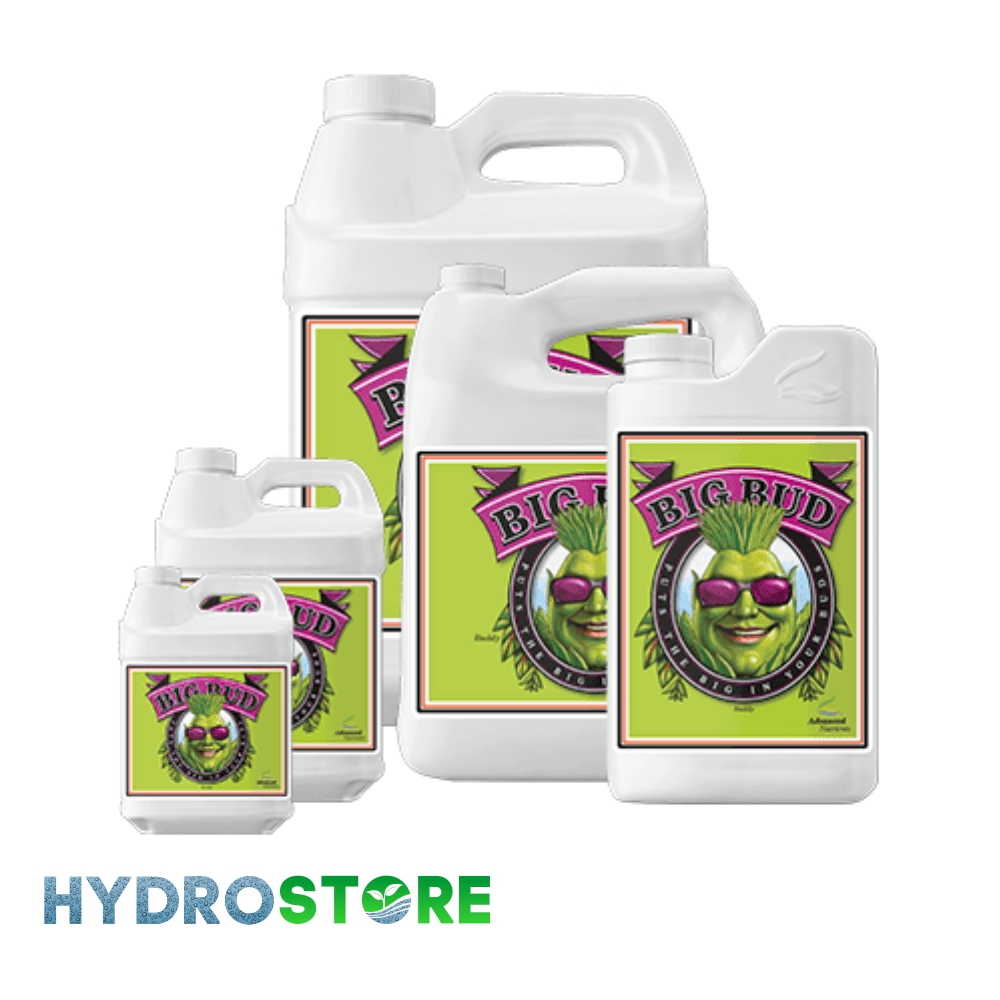Description
You’re likely to be among the 91.7% of growers who use bloom boosters every bloom cycle, so it’s natural for you to want to be sure that your boosters give you the biggest yields possible for your garden.
To be precise, you look for bloom booster effects that include:
How do most bloom boosters stack up in meeting these goals? Not as well as they could. In fact, until recently poorly-absorbed forms of phosphorus and potassium (P and K) were the main ingredients in most bloom boosters.
Worse yet, almost all bloom boosters have incorrect ratios or types of phosphorus and potassium. Most bloom boosters provide double the amount of phosphorus to potassium. That’s not useful. Your plants are much hungrier for potassium than for phosphorus during bloom phase.
And when too much phosphorus is dumped into your plants, it creates a potential for phosphorus toxicity that works against flower production and overall plant health.
Not only that, your crops may taste harsh so they hurt your throat and lungs.

